Communication Theories, Principles & Models in Education and Training
VerifiedAdded on 2023/06/18
|14
|1014
|379
Essay
AI Summary
This essay provides an overview and analysis of various communication theories, principles, and models relevant to education and training. It begins by outlining the core principles of effective communication, emphasizing context, process, and content. The essay then delves into specific models, including the Shannon and Weaver model, Transactional Analysis theory (Berne's ego states), and the Johari's Window model, explaining their applications and implications in educational settings. Furthermore, it discusses the importance of effective listening skills for teachers in fostering empathy, understanding learners, and resolving conflicts. The analysis section examines the strengths and weaknesses of each model, highlighting the Shannon and Weaver model's simplicity and generality, Transactional Analysis's focus on field experience, and Johari's Window's contribution to self-awareness and communication improvement. The essay concludes by underscoring the necessity of effective communication for both organizations and individuals in achieving complete and accurate information exchange.
1 out of 14
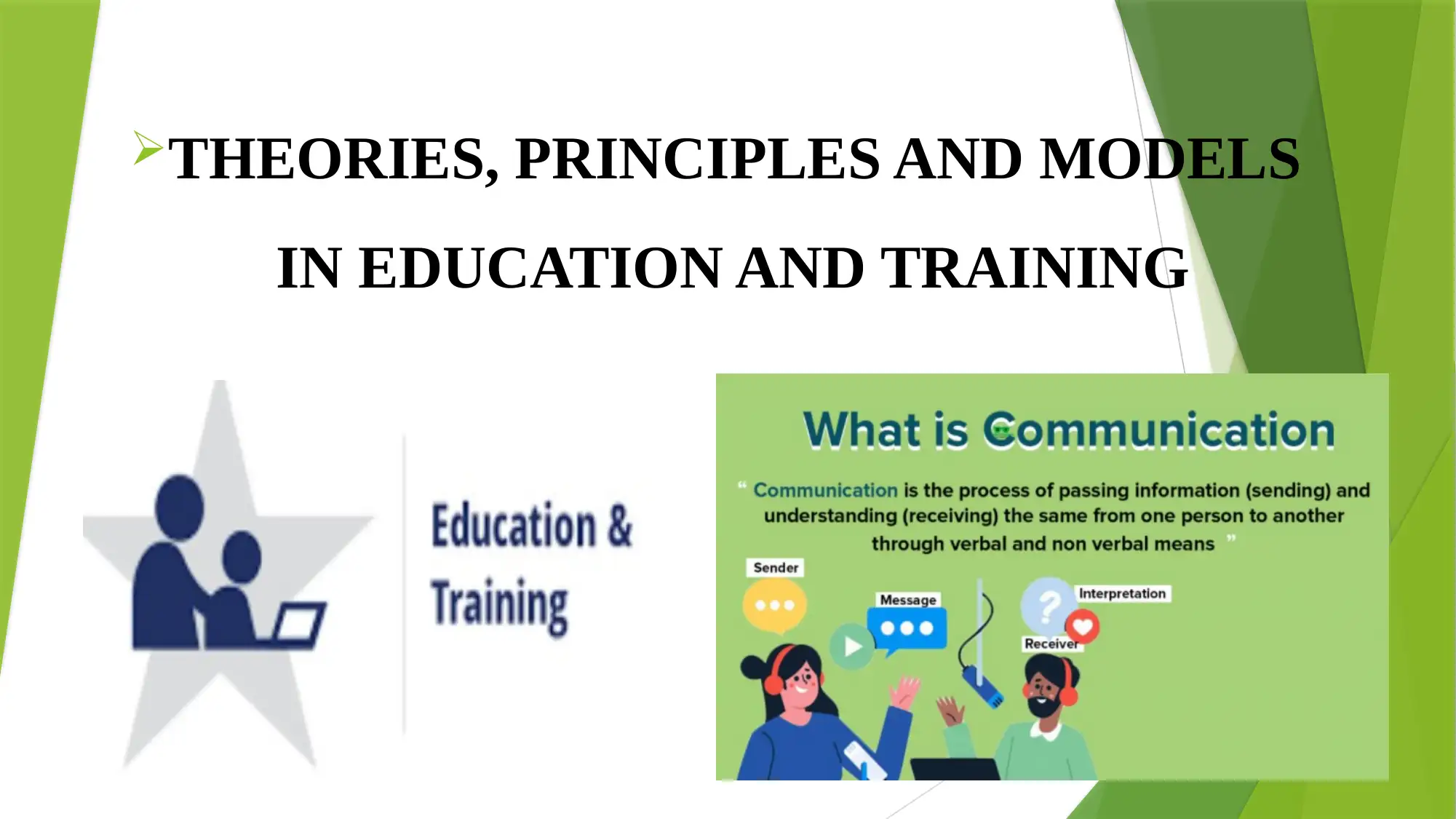
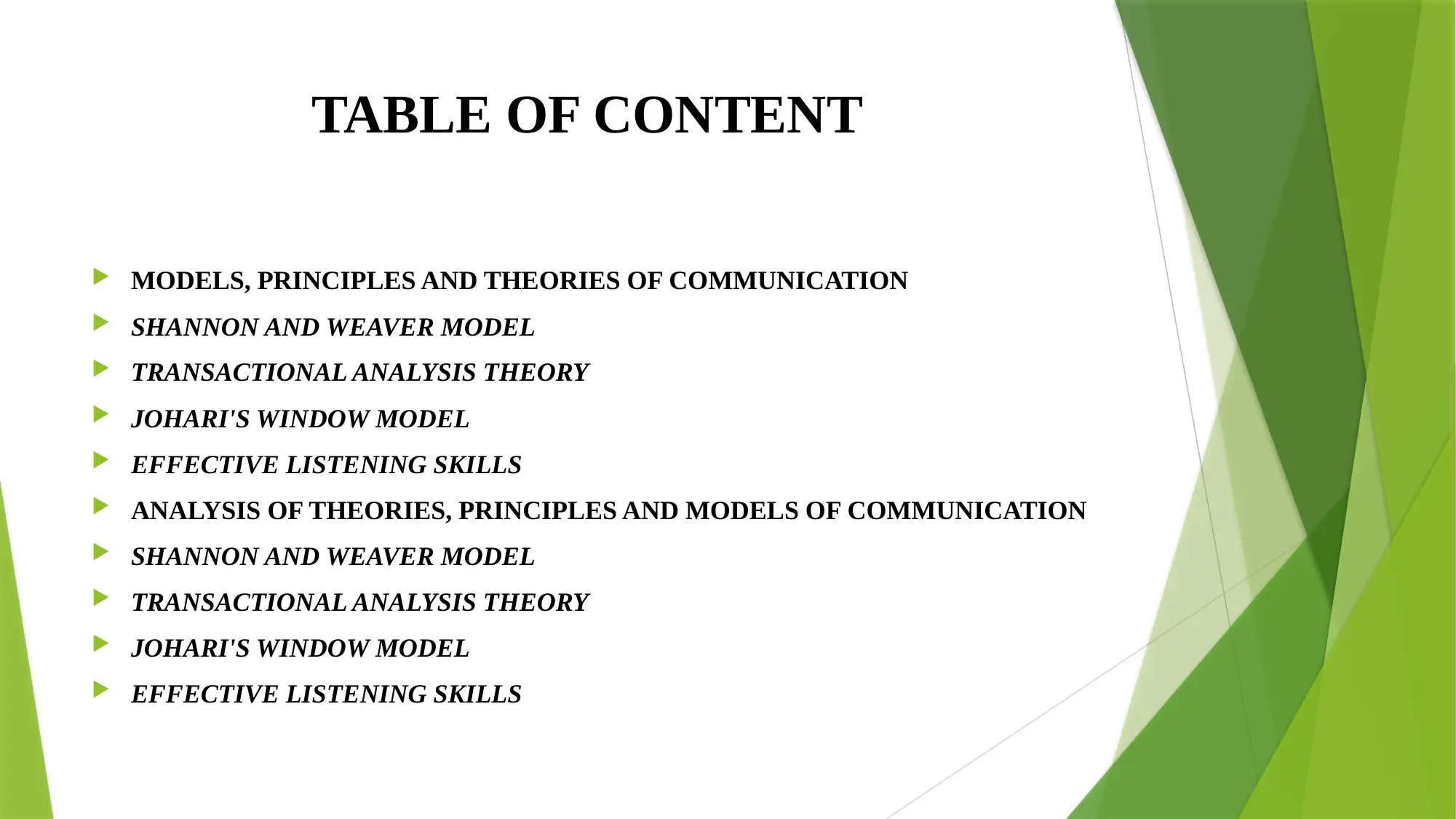
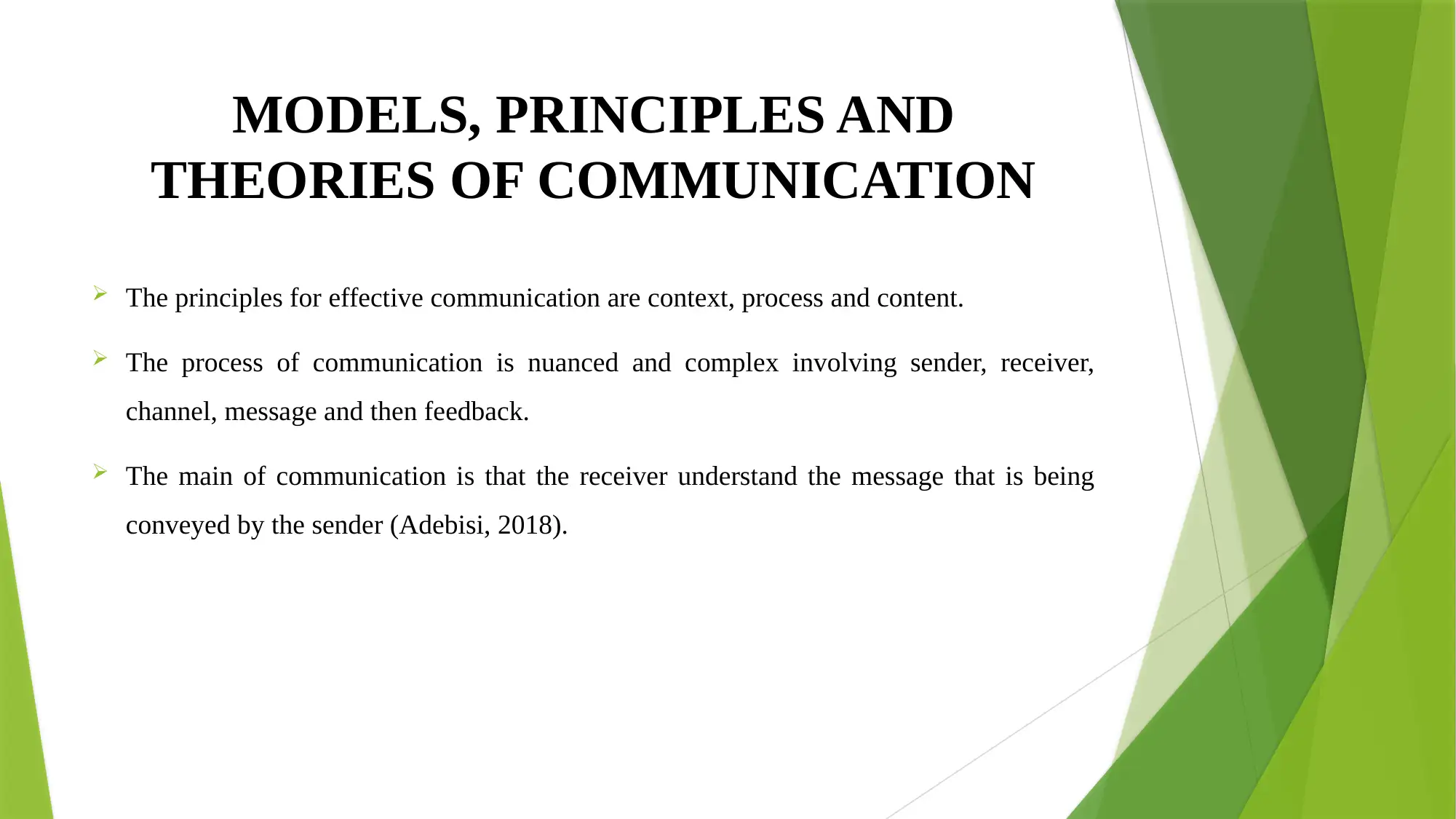

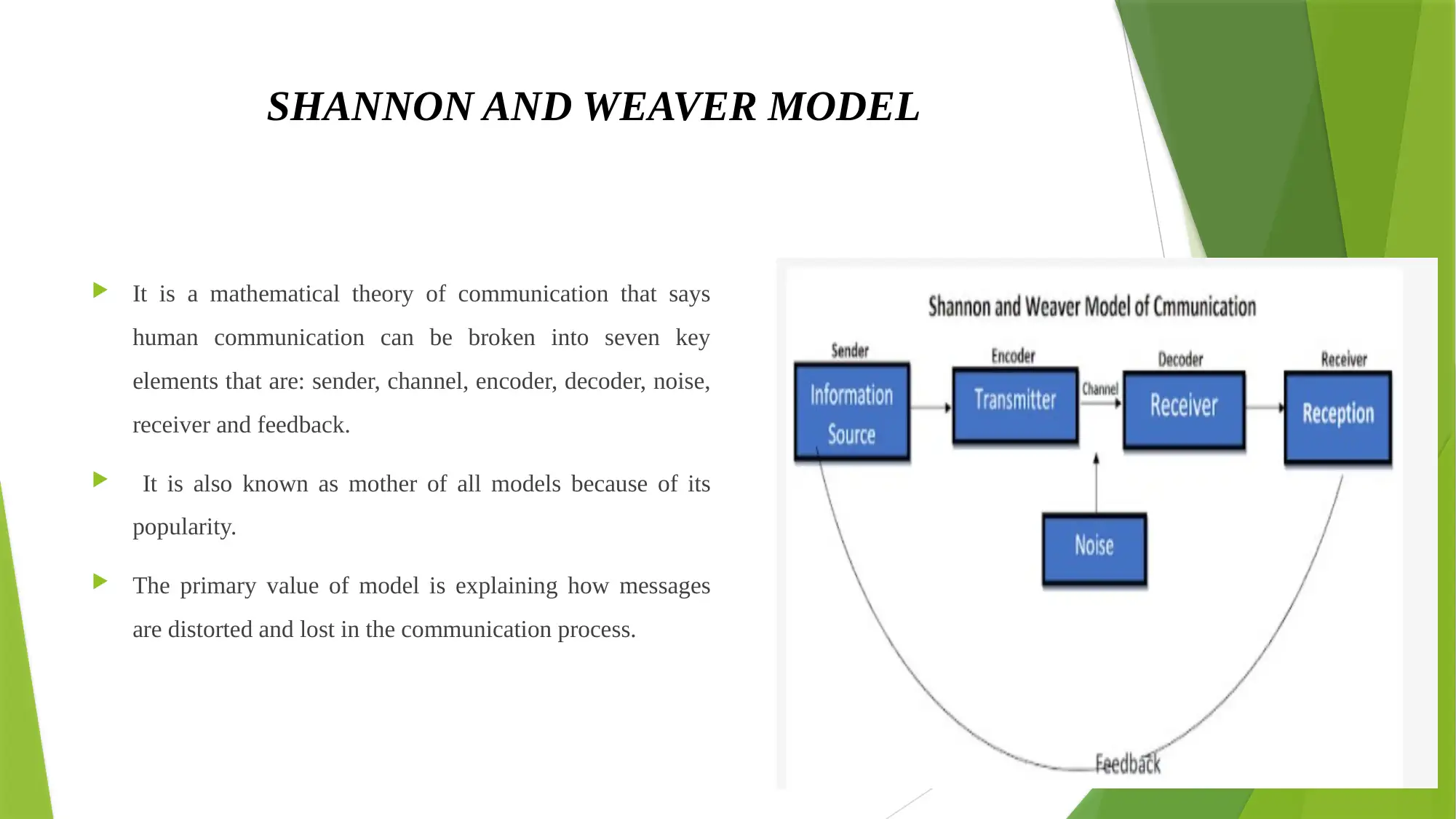
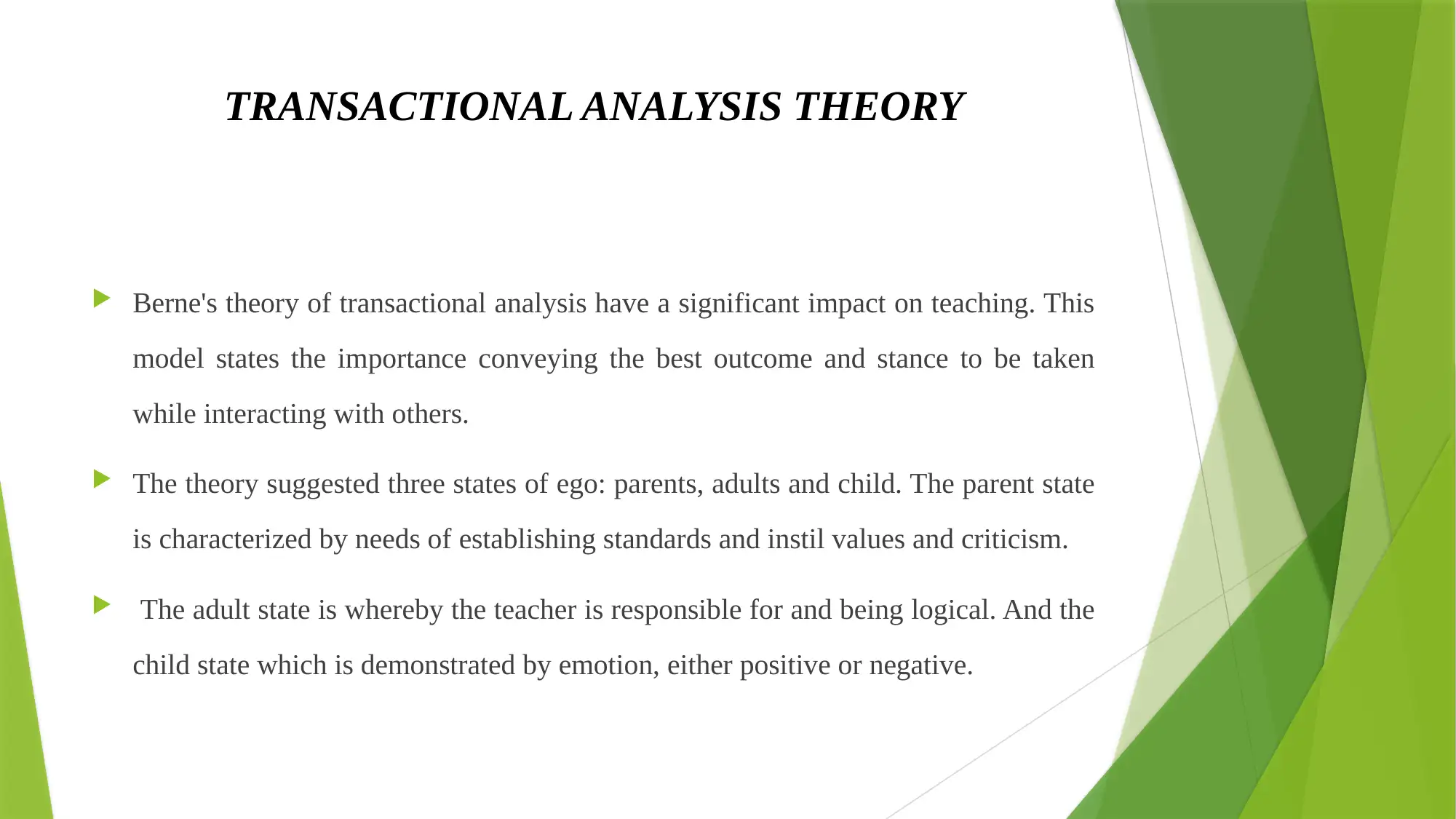
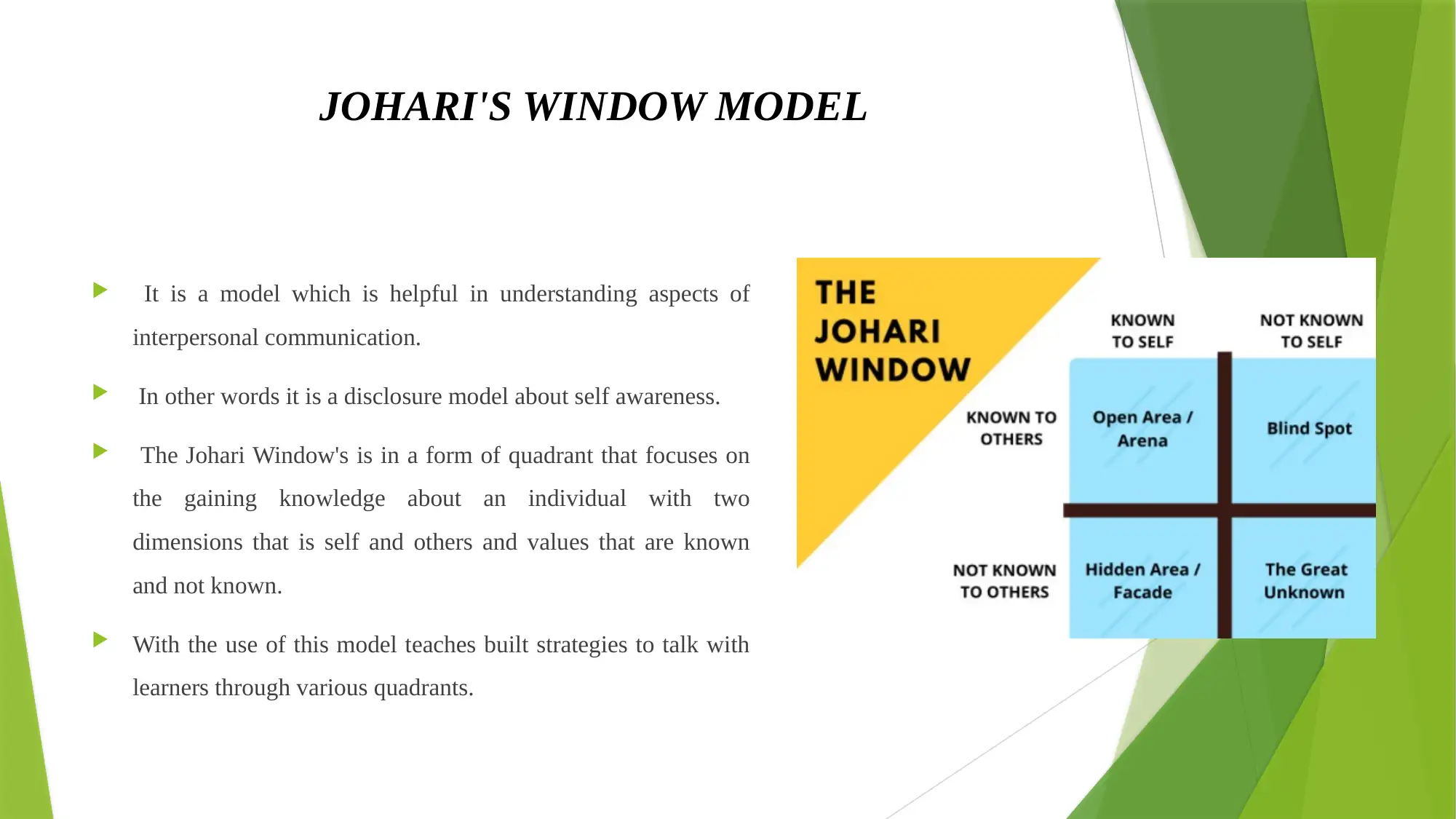
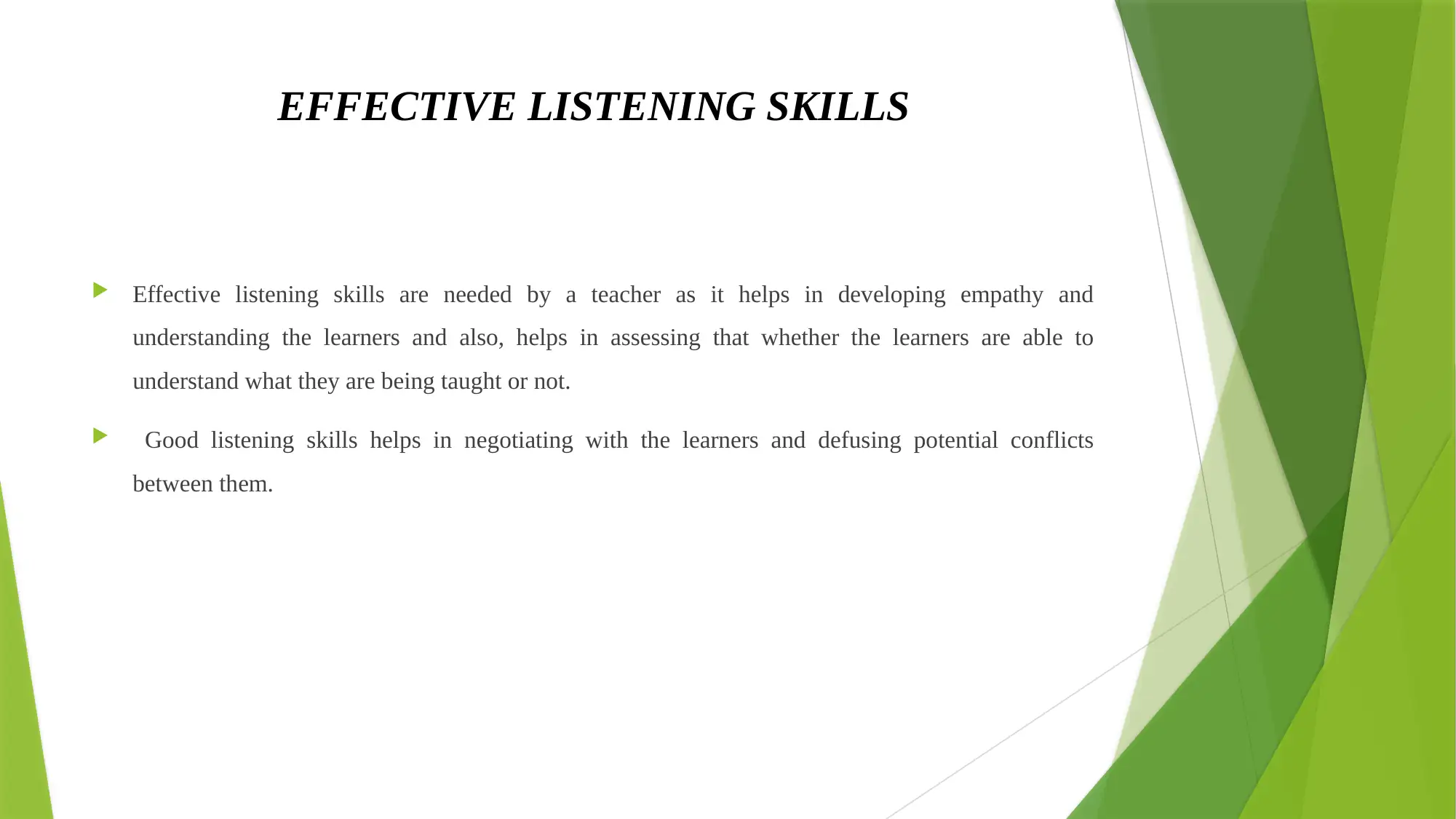
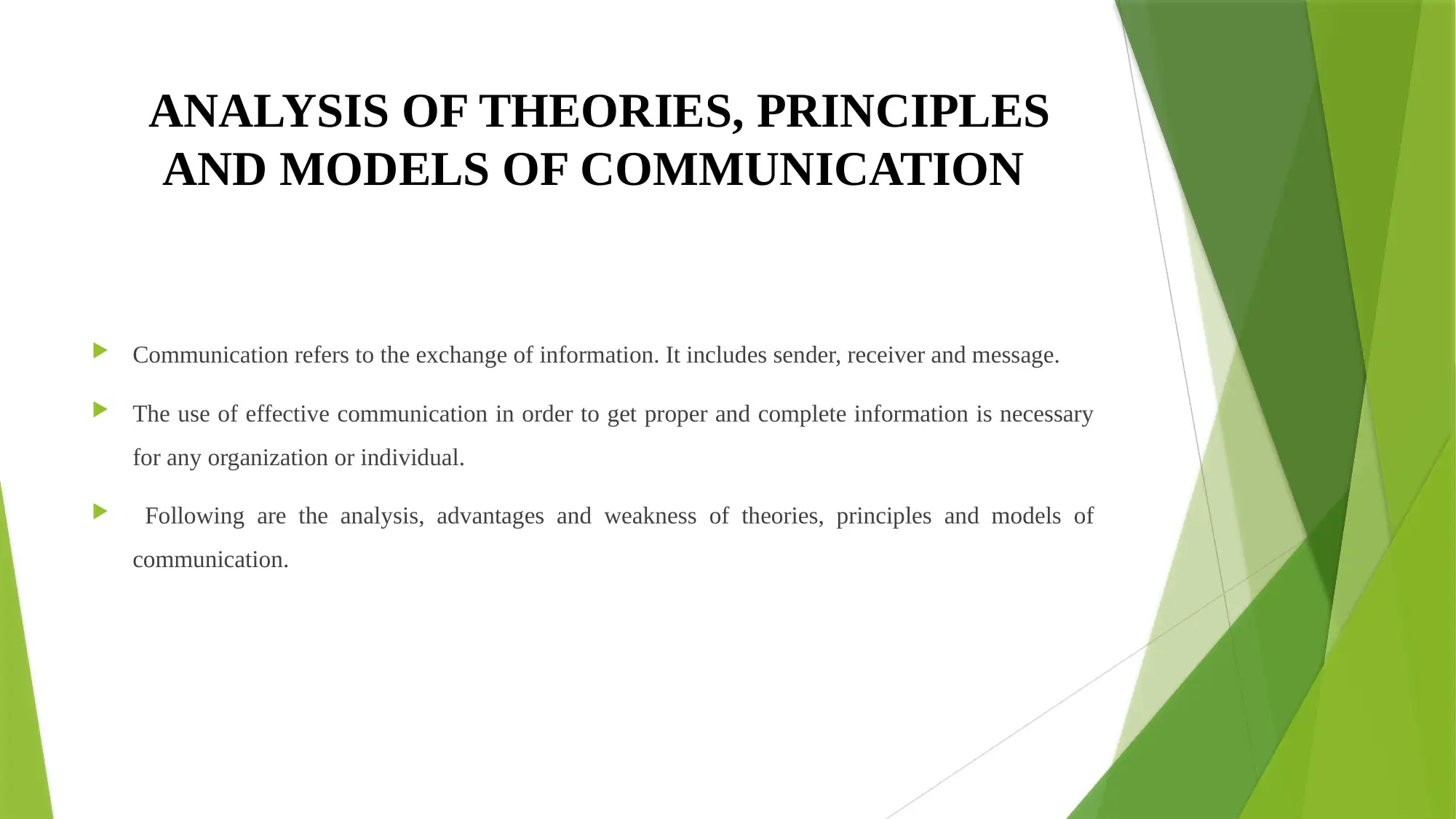
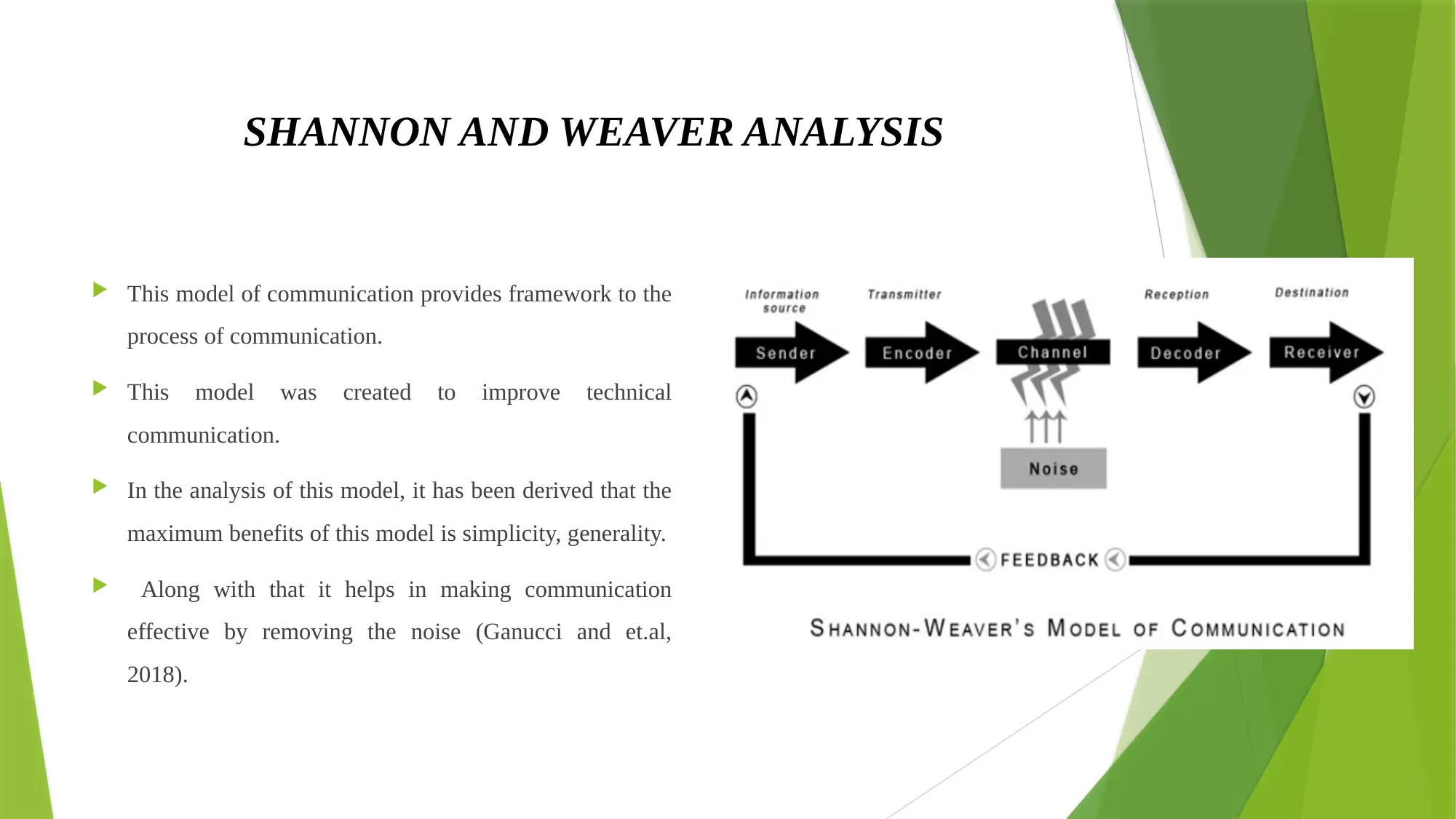
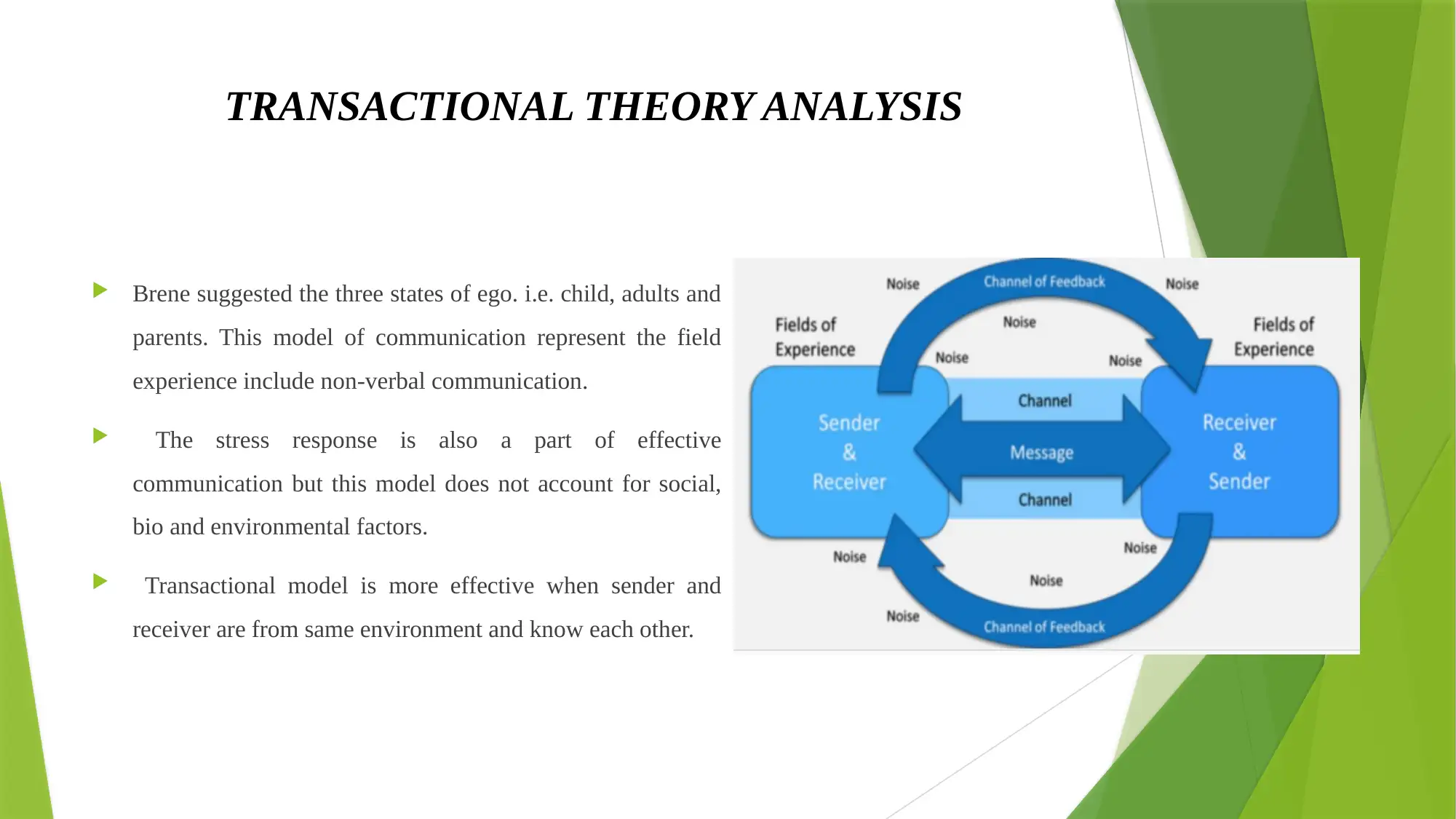
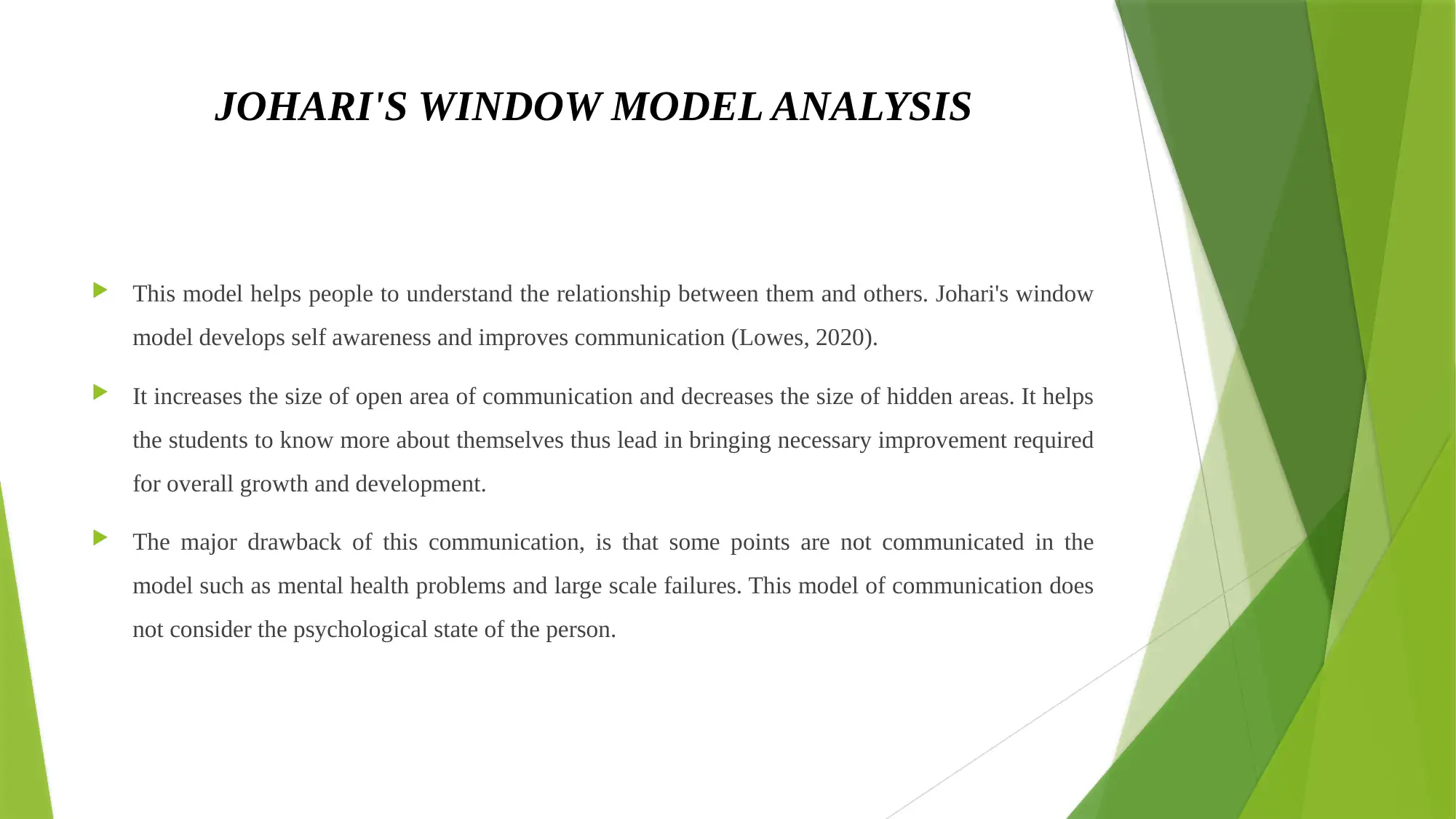
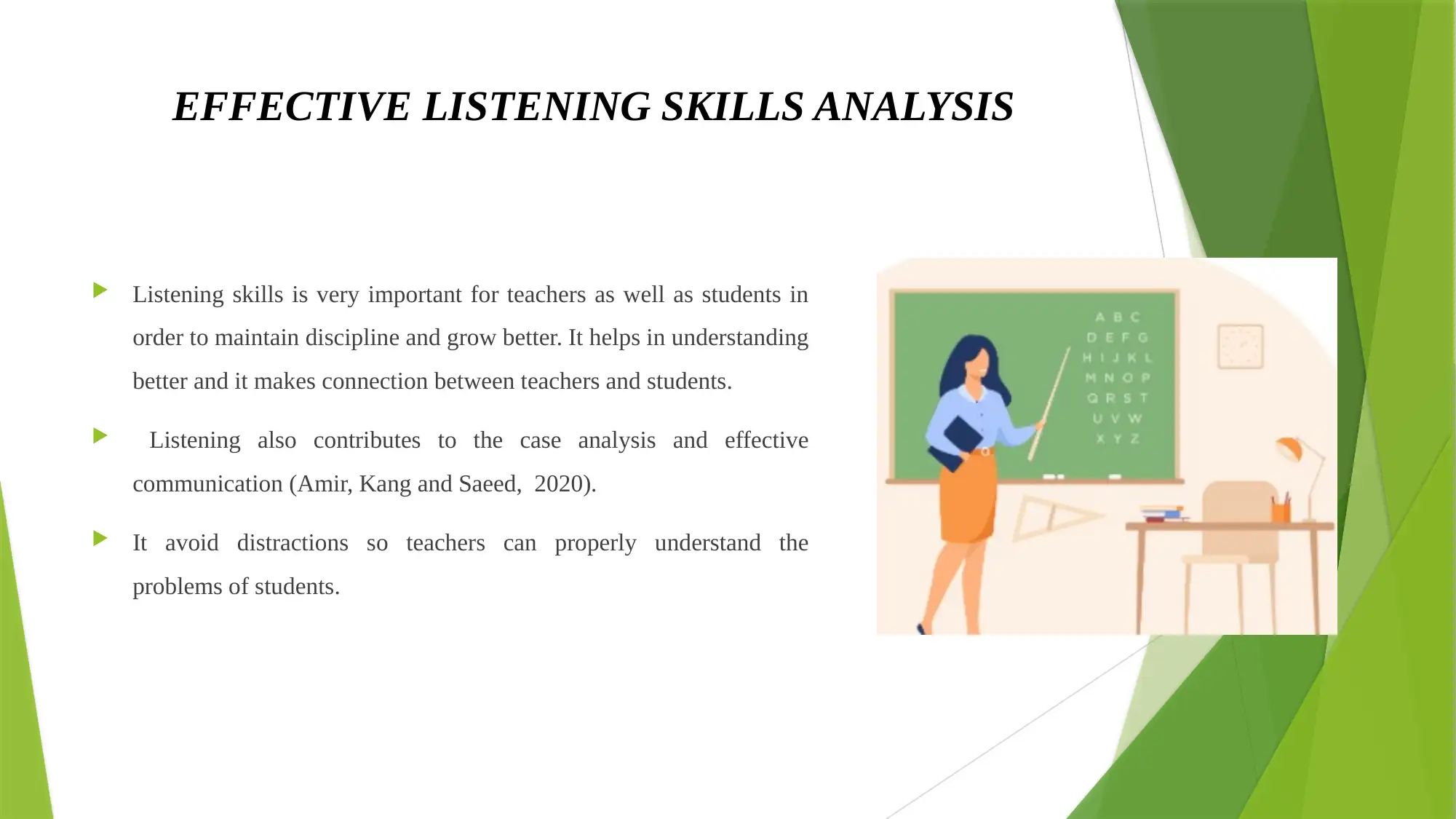




![[object Object]](/_next/static/media/star-bottom.7253800d.svg)